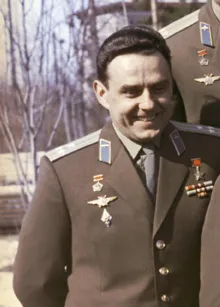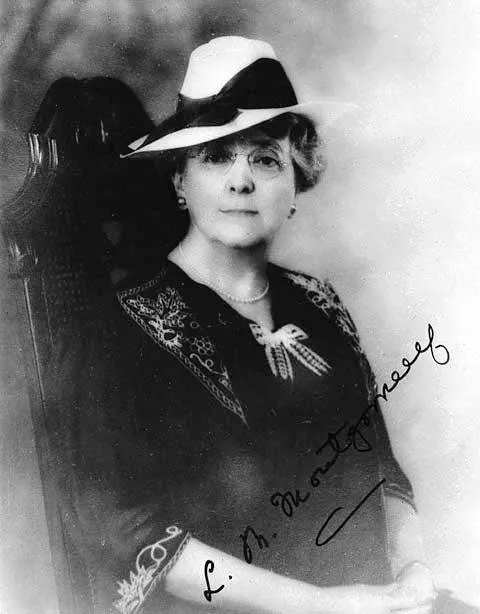
Full Name: Vladimir Komarov
Birth Year: 1927
Nationality: Russian
Profession: Pilot, Engineer, and Cosmonaut
Notable Achievement: First human to die during a space mission
Death Year: 1967
Vladimir Komarov: A Pioneering Cosmonaut
Vladimir Mikhaylovich Komarov, born on March 16, 1927, in Moscow, Russia, was a remarkable Russian pilot, engineer, and cosmonaut, who is famously remembered for his valiant contributions to the space race during the 1960s. His life and career were marked by a series of groundbreaking achievements in human spaceflight, making him a significant figure in the history of aeronautics and space exploration.
After graduating from high school in 1945, Komarov enlisted in the Soviet Air Force, where he quickly rose through the ranks due to his exceptional flying skills. He completed his studies at the Kachinsk Air Force Pilot School, graduating in 1949. Over the next decade, he honed his piloting abilities, becoming a skilled test pilot known for his proficiency with various aircraft models.
In 1960, Komarov's career took a momentous turn when he was selected as one of the initial group of cosmonauts for the Soviet space program. His technical expertise and piloting experience made him an ideal candidate for space missions. He was assigned to the Vostok program, the same program that had previously sent Yuri Gagarin into space in 1961, marking humanity’s first foray into outer space.
Komarov made history as the pilot of the Soyuz 1 mission, launched on April 23, 1967. The mission was intended to demonstrate new technology and gather data concerning manned flights. Unfortunately, the mission was plagued with numerous technical malfunctions, including issues with the spacecraft’s solar panels and life support systems.
Despite being aware of the numerous challenges the mission faced, Komarov displayed incredible bravery and commitment, insisting on proceeding with the flight. His dedication to the Soviet space program exemplified the spirit of self-sacrifice and determination among cosmonauts. Tragically, after a successful re-entry from orbit on April 24, 1967, the Soyuz 1 capsule encountered catastrophic failures during its landing sequence. Komarov was unable to deploy the parachute properly, resulting in a fatal crash in Orenburg Oblast, Russia. He became the first human to die during a spaceflight mission, a somber milestone that brought to light the risks and vulnerabilities associated with space travel.
Vladimir Komarov’s legacy is one of both innovation and sacrifice. Following his untimely death, he was posthumously awarded the title of Hero of the Soviet Union, the USSR’s highest honor for bravery. His contributions to space exploration continue to inspire subsequent generations of astronauts and engineers.
The tragic fate of Vladimir Komarov serves as a stark reminder of the dangers faced by pioneers in the field of aeronautics and space exploration. His story is not only a tale of human courage but also a catalyst for advancements in space safety protocols. The lessons learned from the Soyuz 1 mission contributed significantly to improving subsequent space missions.
In conclusion, Vladimir Komarov is remembered not merely as a cosmonaut but as a pioneer who laid the groundwork for future space exploration. From his fearless approach to the unknown to his ultimate sacrifice, Komarov’s enduring legacy is forever interwoven in the fabric of human spaceflight.






